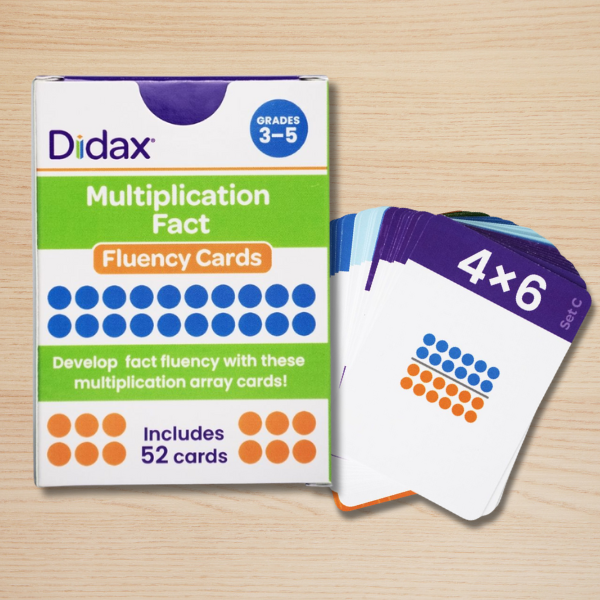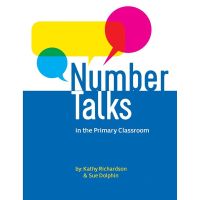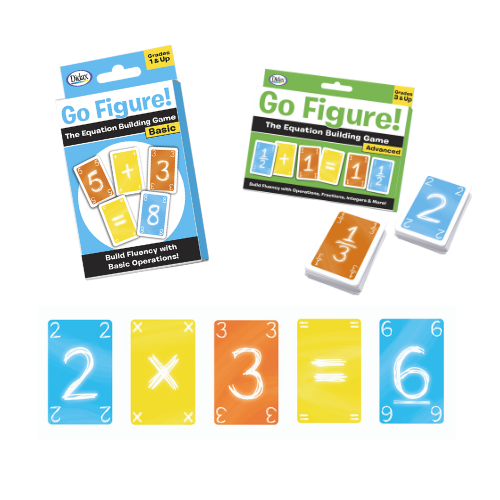Number Talk Twists
- By Christine Hopkinson
- Mar 28, 2024
Educators are constantly seeking research-based strategies to enhance students' fluency, develop a deep conceptual understanding, promote mathematical reasoning, and foster a community of mathematicians. As a seasoned educator (teacher, instructional coach, professional development provider, and math curriculum developer), I have utilized Number Talks as a powerful routine in my toolbox for years. However, now there are varied, engaging ways to present them. Number Talks improve students' mathematical thinking and computational skills through structured classroom discussions. The primary goal is to encourage students to mentally solve problems and share their strategies with their peers. The teacher facilitates these “talks” by guiding students to: share their thinking, ask questions, develop arguments, and make connections between solution paths and representations.

Benefits of Number Talks
Mental Math and Mathematical Fluency: Number Talks promote mental math strategies, and via consistent practice, help students become more proficient and confident with math facts, computation, place value skills, fractions, and more.
Mathematical Practices: As students understand the problem, choose solution pathways, represent their thinking, reason about solutions, make connections, and use math language to construct viable arguments they are thinking like mathematicians.
Student-to-Student Mathematical Discourse: Number Talks provide a platform for students to engage in rich mathematical discussions, promoting communication and collaboration. (For support in this area, see https://www.didax.com/activating-math-talk.html)
Flexibility and Efficiency: By exploring different strategies, students develop a deeper understanding of the underlying mathematical concepts. This empowers them to not only to develop a wide mathematical toolbox, but also the ability to determine which strategies and/or representations are most efficient for them in particular situations.
Math Identities and Classroom Culture: As ALL students are given the opportunity to share their thinking, they see themselves as mathematicians who have unique ideas and experiences that enrich the whole class. The class becomes a community that believes everyone is valued. Students have their identities as mathematicians validated and celebrated.
Formative Assessment: Teachers gain insights into students' mathematical assets, thought processes, and areas for growth. This information can guide personalized instruction.
Structure of Number Talks

Number Talks have a typical procedure that encourages both student engagement and discussion:
Problem/Task: The teacher selects and presents a math problem or task to the class. These tasks typically can be solved mentally and may be solved in more than way. Prior to instruction, the teacher may consider possible student responses and misconceptions.
Think Time: Students are given a brief period to solve the problem (they may select various math tools as needed.) They may consider more than one strategy.
Pair Discussion: So that all students can share their thinking, students turn-and-talk. The teacher monitors and intentionally selects a variety of student work.
Group Share: Next the teacher sequences the selected student work and invites students to share their approaches and solutions. The class engages by agreeing/disagreeing, sharing alternative ideas, asking questions, etc. The teacher guides the discussion, highlighting key strategies and asking questions that make connections between strategies. To close, students reflect on what they've learned.
Number Talk Solutions by Didax
Finding appropriate, rigorous, and engaging problems or tasks for Number Talks can be time consuming. We value your time as a teacher, and we want to help you bring the best possible math resources to your students. These solutions are educator developed, classroom tested, and always trusted for efficacy, durability, and authentic learning value. Count on Didax for “go-to” solutions that ensure math is easier to teach and more fun to learn! With engaging resources like those available on didax.com, educators can seamlessly integrate Number Talks into their teaching practices, creating a vibrant and dynamic learning environment for their students. The selection that follows has been specially curated for use as routines that follow the same core principles and structure of a Number Talk. I hope you welcome some “New Twists on Number Talks”!Explore Number Talk Twists from Didax!







 © 2023 Didax, Inc. All Rights Reserved.
© 2023 Didax, Inc. All Rights Reserved.